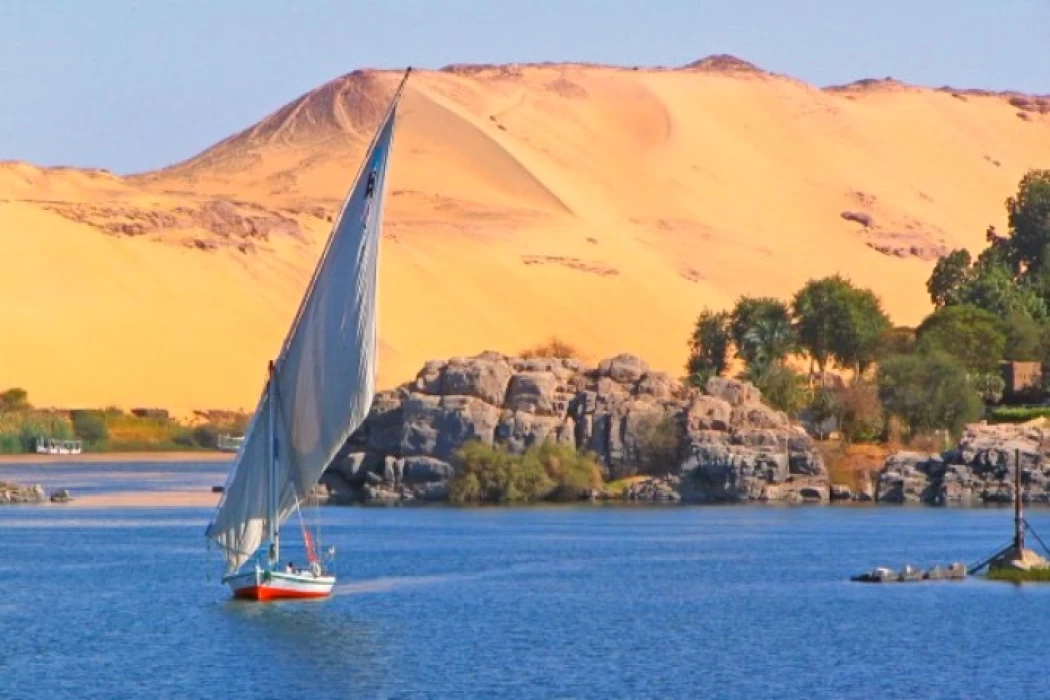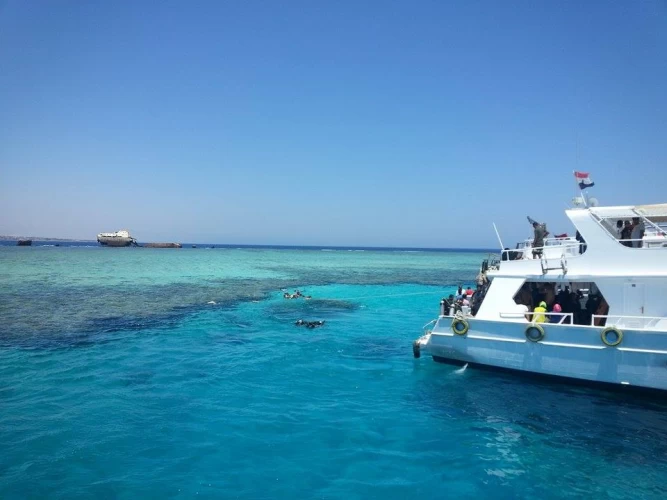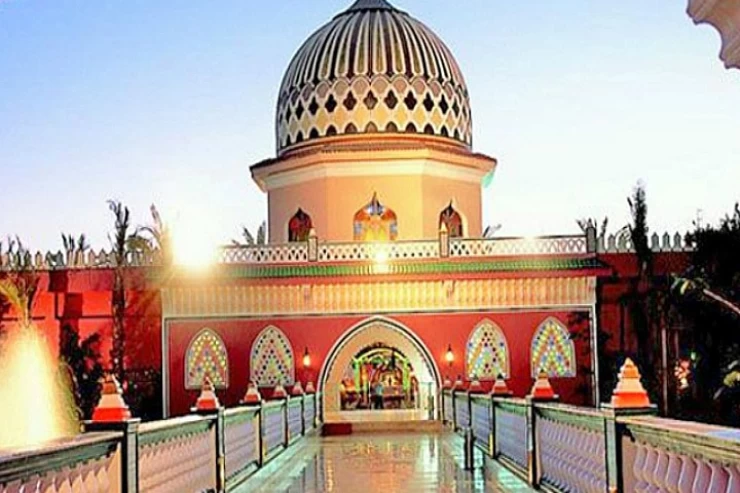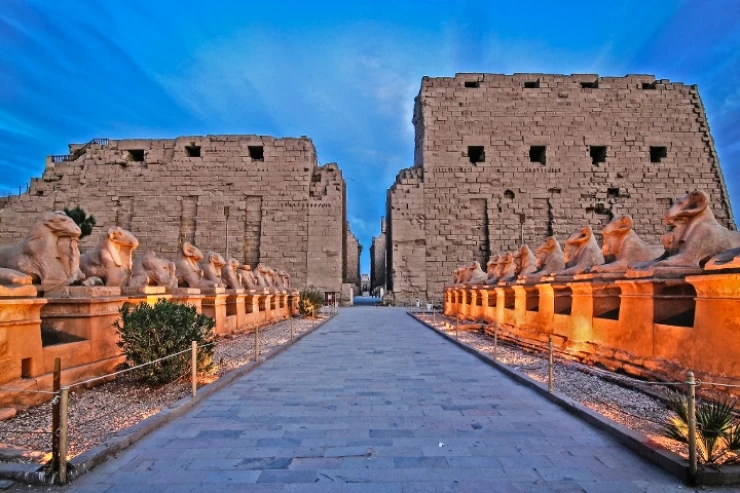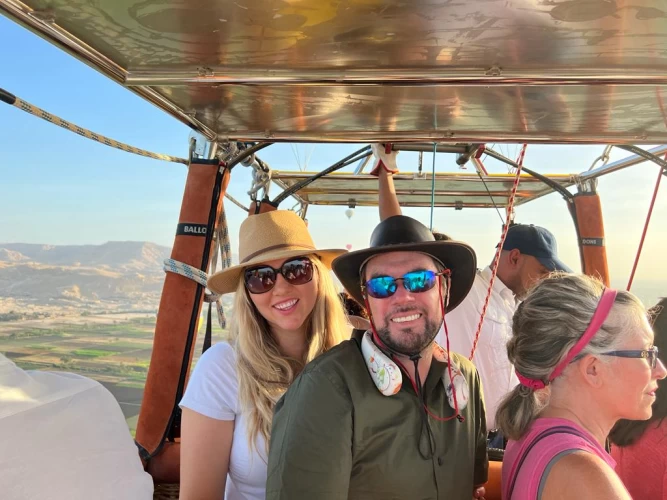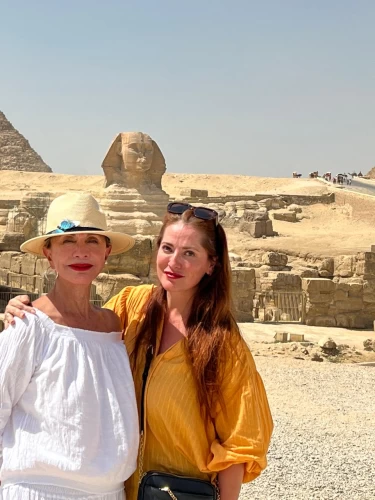
Al Gharbia Governorate
About Al Gharbia Governorate
The Governorate of Gharbia is inclusive in the geographical area of The Arab Republic of Egypt which is in the African continent, more specifically in the region surrounding the Nile delta, between Damietta and Rashid governance. To the control of the region from the north is Kafr El-Sheikh Governorate, from the south Menoufia Governorate, from the east – Dakahlia, Qalyubia Governorates, and to the west is the Beheira Governorate. The city was established in the year xA0;AD 1960, Tanta is the capital of the governorate. The largest city by area is El-Mahalla El-Kubra. Its land area is about 462,683.33 square kilometers. The number of cities in the governorate is eight, and the number of its neighborhoods is four.
The most important historical and archaeological areas in Gharbia Governorate are:
- Pharaonic antiquities, such as: Abu Sirbna village, Samanoud city, Bahbit El-Hagara village, and Salehgar village.
- Coptic antiquities, such as: Church of the Martyr Rafqa Bin Nesbat.
- Islamic antiquities, such as: Al-Mutawali Mosque, Sayed Ahmed Badawi Mosque, Al-Omari Mosque, Ali Bey El-Kabir Fountain, and Al-Ghouri Agency in El-Mahalla El-Kubra.
The village of Sa El-Hagar, affiliated with the Basion Center in Gharbia Governorate, is a Pharaonic village from which the rulers of the Twenty-Sixth Dynasty (664-525 BC) emerged. It was the capital and center of government in the Twenty-Fourth Dynasty (732-720 BC).
October 7 is the national holiday of Gharbia Governorate, which began in 1798 when signs of unrest and revolution spread in Tanta when its people agreed to refuse to pay the tax or fine imposed on them during the brutal French occupation.
Napoleon viewed the location of Tanta as a holy city for Muslims, second only to Mecca and Medina in importance, and he felt respect for it in order to preserve the feelings of the people. At first, he avoided sending a force of soldiers to it so that they would not clash with the people or attack religious rituals, which would lead to their anger. However, the commander of the West saw the spirit of agitation and rebellion growing stronger and stronger, so he sent a battalion of soldiers to it and entrusted it with arresting the leaders of the city and taking them hostages. He also tasked it with subjugating the people in its vicinity and in the countries located on the soldiers’ road and taking hostages from them. The advocates of the revolution in the villages were inciting the people to disobedience.
On October 7, 1798, the French infantry also arrived in the direction of Tanta. Its commander and his soldiers were stationed there and its governor, Salim al-Shorbaji, was instructed to send four of the city’s notables to be hostages. He brought four of the imams of the Sayyid al-Badawi Mosque, and the most prominent sheikhs refused to come with him to give the French commander a document to maintain peace in Tanta.
The commander had warned Napoleon that the revolutionaries had sought help from the Arabs, so Napoleon prevented him from taking hostages from them to subdue them, and if they did not submit, then he would torture them. Napoleon decided to launch a campaign against them under the leadership of a new commander appointed by the Commander of the Menoufia Directorate.
He also ordered him to march to the Arabs in Sinbat where they were stationed and fight them, and seize hostages and weapons from them. For this reason, Tanta and Gharbia Governorate celebrate their national holiday on October 7 of every year, after the Victory Day on 6 October.
Latest Articles
Admin
Aswan Governerate in Egypt
Aswan was known as ‘Sonu’ in ancient Egyptian times, meaning market, as it was a trading centre for caravans coming to and from Nubia. In the Ptolemaic era, it was called ‘Sin’ and the Nubians called it ‘Yaba Swan’. It was also known as the Land of Gold because it served as a great treasure or tomb for the kings of Nubia who lived there for thousands of years. Before the migration, Aswan's borders extended from Asna in the east to the border of Sudan in the south, and its inhabitants were Nubians, but after the Islamic conquest of Nubia, some Arab tribes settled there.
Admin
About Luxor Governorate in Egypt
The South Upper Egyptian area is home to the Egyptian governorate of Luxor. Its capital is Luxor, which was formerly Thebes, the capital of Egypt throughout multiple pharaonic eras. Its centers and cities are spread over both sides of the Nile River. The said governorate was established by Presidential Decree No. 378 of 2009, which was promulgated on the 9th of December of that year.
Admin
History of kafr El Sheikh Governorate
Kafr El Sheikh Governorate, located in the far north of Egypt in the Nile Delta, overlooking the Mediterranean Sea, is characterised by the diversity of natural life and environments, and is one of the Egyptian cities that can be visited after the end of the first semester exams at universities and schools, as it features many diverse tourist and recreational places at symbolic prices within everyone's reach.
Admin
Egypt's New Administrative Capital
The New Administrative Capital is considered the project of the era because it reflects a perfect image of the future and progress on the economic, cultural, social and civilisational level, as the capital is considered the new capital of Egypt at the present time. The importance of the New Capital is that it is a comprehensive transformation of the future of buildings, services and national and mega projects in Egypt.
Admin
Hamata Islands (Qulaan Archipelago) in Marsa Alam
Each reserve has several sectors. In Wadi El Gemal Reserve, there is one of the natural areas called the Hamata area or Hamata sector in Wadi El Gemal Reserve. Its sectors are the perfect and most ecological, land and water, and host countless animals and plants found in the oceans and on the land.
Admin
Best Things to Do in Nile River
The Nile’s tourism potential is excessive; from southern Egypt and all the way to the northern regions, The Nile River makes some of the most pleasant tourist places in Cairo on the Nile, for Egyptian dwellers and even the visitors, who traveled to Egypt for the pleasures of the country and people.





